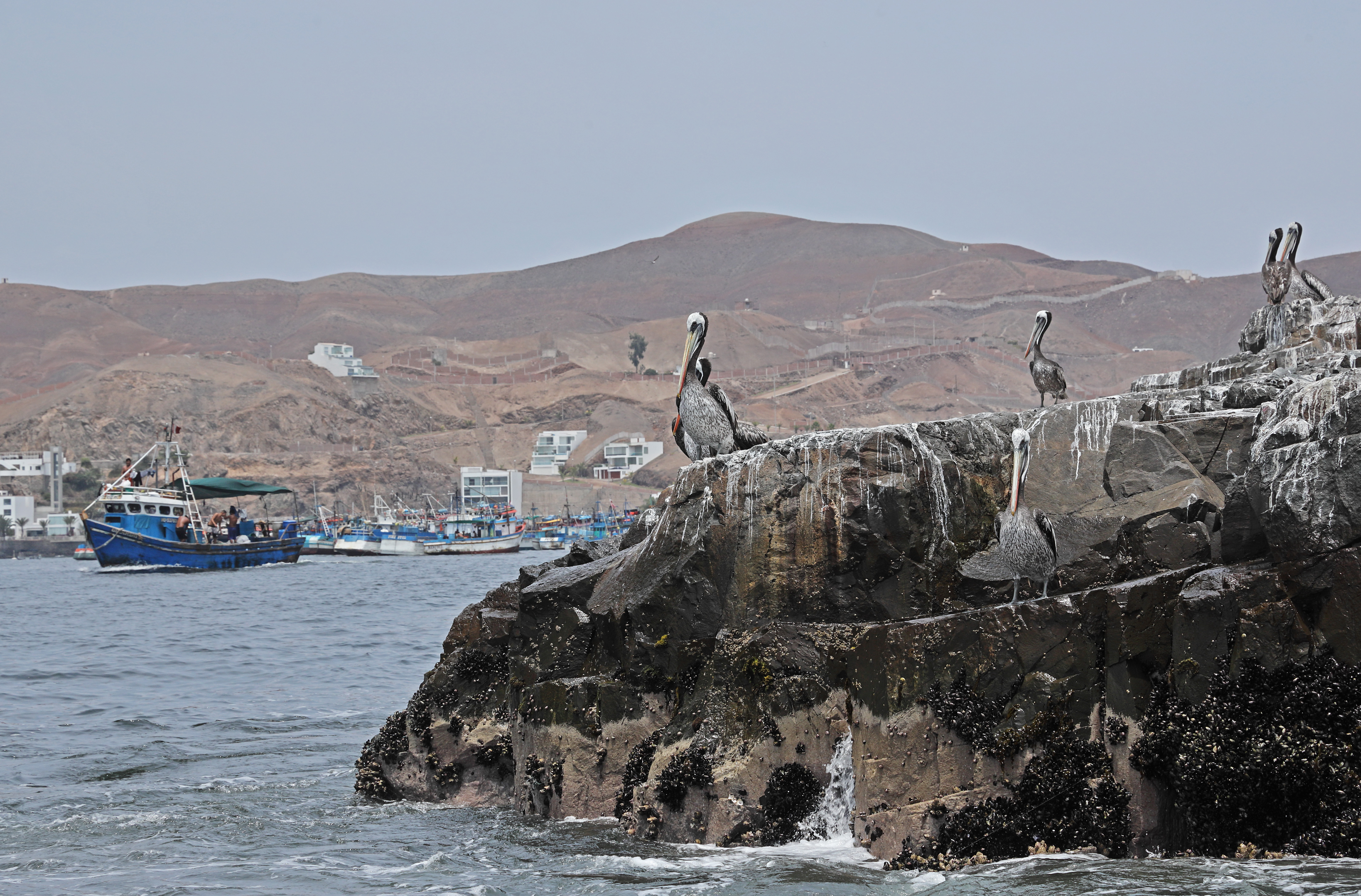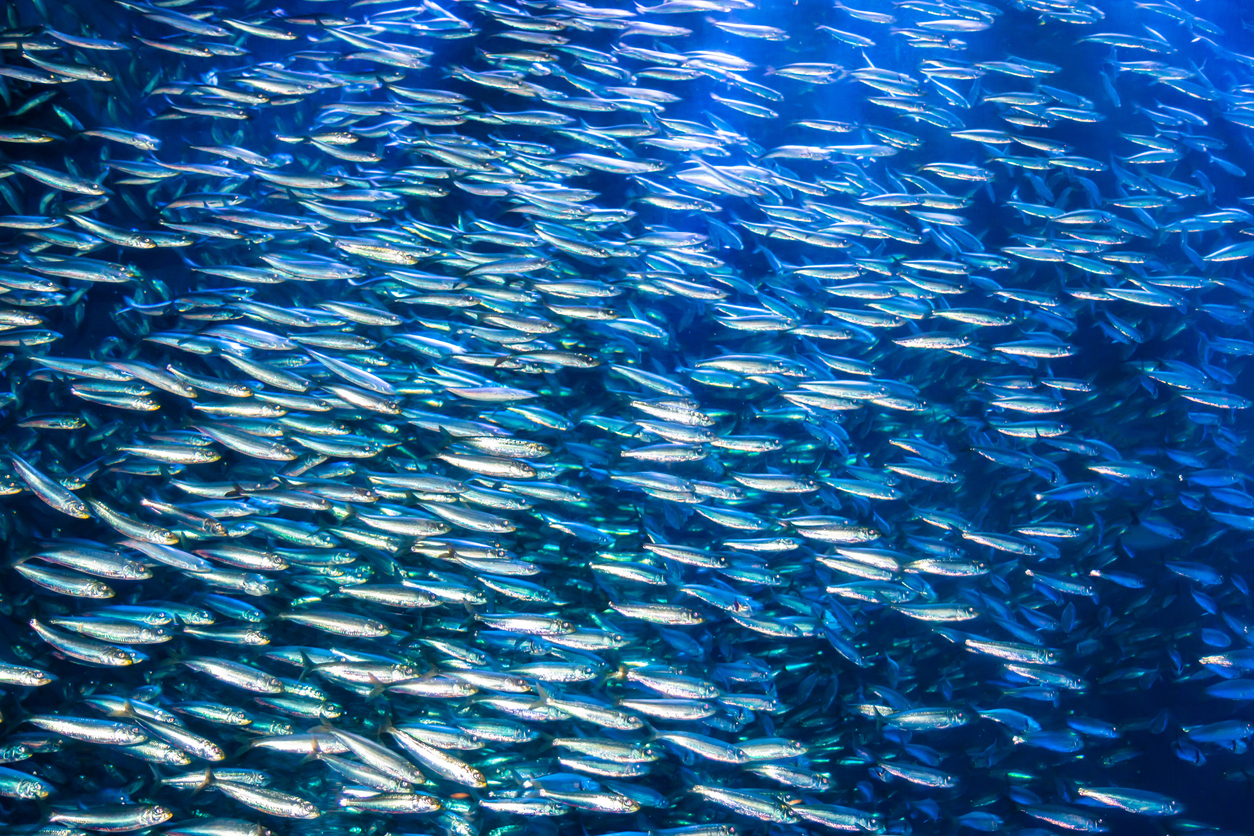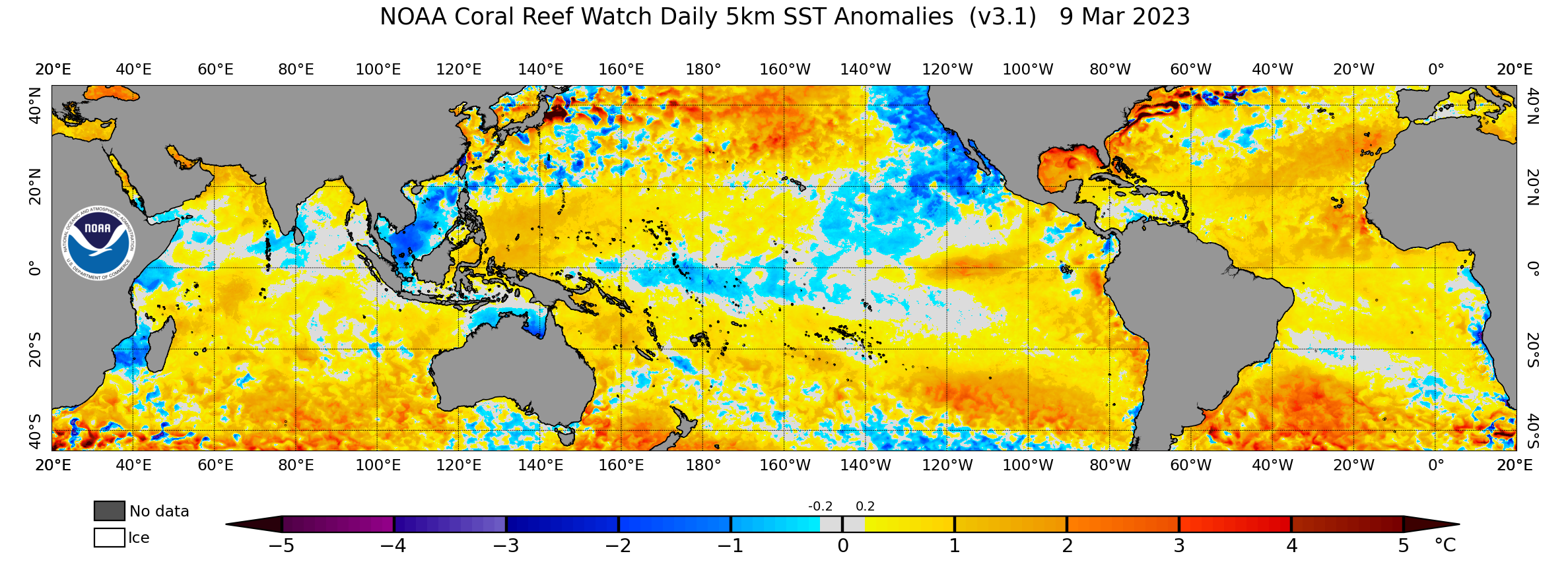Can animals predict El Nino?
Earlier in the month Ben asked, "Can animals predict the weather?" And you shared some interesting stories. He suggested it's best to rely on computer-based weather information for weather forecasts. Yesterday he wrote about the end of La Niña and explained how the forecasts are trending towards an El Niño later in the year. An interesting question is, can animals predict the El Niño cycles that influence global weather?
La Nina is over, declares US Climate Prediction Center
Perhaps you might have thought that El Niño was first discovered by scientists, but it was initially discovered by Peruvian fishermen. They noticed that there were years when they would come back to shore without anchovies in their fishing boats and that seabirds, unable to find food, would die in large numbers. They noticed that this occurred when their ocean current was warmer than usual. And the phenomenon peaked around Christmas, so they named it El Niño de Navidad - 'the Christ child'.

Image: Peruvian fishing port. Source: iStock.
Remember, El Niño and La Niña are not weather systems. These are states of the Pacific Ocean that oscillate in a semi-regular manner, shifting heat at the surface of the ocean from west to east and vice versa. The world's largest ocean is home to an incredible number of creatures, and they are affected by the El Niño cycles.
During El Niño, when the warm waters of the tropical Pacific Ocean shift eastward towards South America, it prevents cold, nutrient-rich water from reaching the South American coast and supporting the anchovies' food chain. On the other hand, colder than normal water off the South American coast during La Niña provides cold, nutrient-rich water to support the anchovies' food chain.

Image: School of anchovies in the Pacific Ocean. Source: iStock.
So, if we didn't have satellite sensors and computer models for simulating the oceans, we could possibly figure out which state the Pacific Ocean was in by observing the changing behaviour of tropical fish. But we wouldn't be able to know months in advance and be able to prepare for the corresponding seasonal weather impacts such as droughts or floods. Which is why research, satellite data and computer simulations of the Pacific Ocean are so crucial.

Image: Satellite derived sea surface temperature anomaly for 9 March 2023. Source: NOAA.
The satellite derived sea surface temperature analysis shows that warmer than average water is already present near South America but not yet across the central Pacific Ocean which would be necessary for an El Niño event.